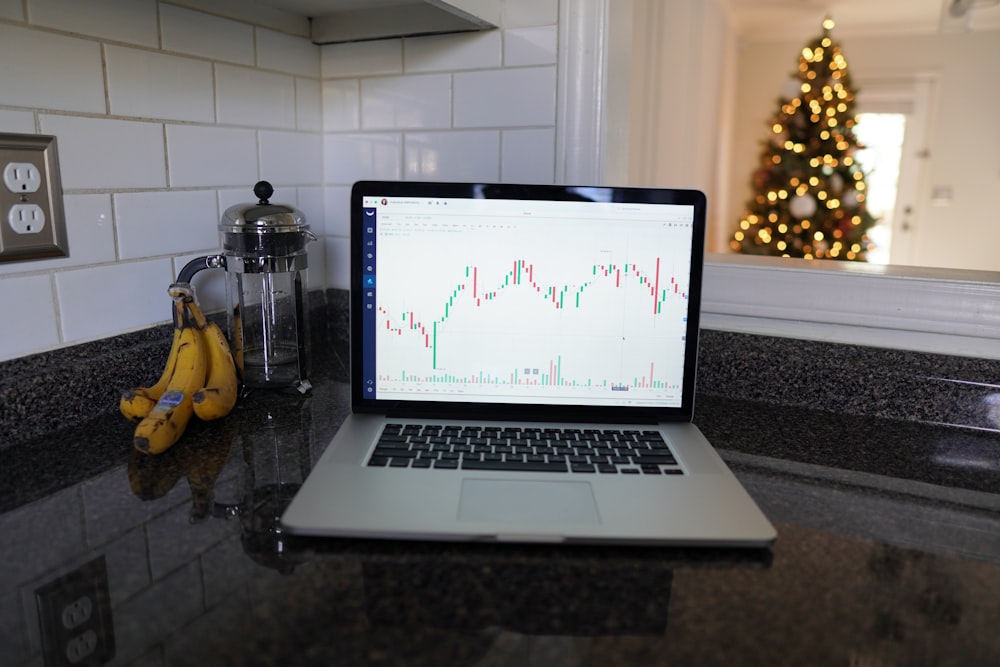Two Trades To Watch: USD/JPY, FTSE 100 Forecast - Monday, April 7
Image Source: Unsplash
USD/JPY slumps as trade fears escalate
The USD/JPY is falling in Monday trading around 146.30, extending losses of 2% from last week. The USD/JPY is considered a proxy for US recession risk as US yields decline.
While investors continue to sell out of the US dollar due to recession fears following Trump's tariff announcements, they are also pouring into safe havens such as the yen and Swiss franc as fears of an economic slowdown intensify.
Global markets tanked on Monday, with Asian stocks, Europe and Wall Street futures under pressure amid mounting risk of an economic downturn. While risk-sensitive currencies such as the Australian and New Zealand dollars are falling sharply against the US dollar, the US dollar, in turn, is weakening against safe-haven currencies.
The yen and the Swiss franc have emerged as notable winners in the aftermath of Trump's tariff announcements. The euro has also been performing well over the last couple of days, which is interesting given the high tariffs expected in the region, at around 20%. However, this appears to be a case where investors are moving into the dollar without really knowing where to allocate their money most effectively.
The US dollar is typically a safe haven asset, but given that the US economy is likely to suffer the consequences of Trump's trade tariffs, investors are fleeing the dollar. According to GDPNow, the Atlanta Fed GDP forecast sees a contraction of -2.8% in Q1 2025. JP Morgan is pricing in around a 60% probability of a US recession in the coming 12 months.
This week, there are notable US risk events, including FOMC minutes and US CPI data, although these are likely to play second fiddle to trade tariff fallout.
USD/JPY forecast – technical analysis
The USD/JPY pair faced rejection at the 200 SMA and rebounded lower, breaking below support at 148.60 and re-entering the falling channel that has been in place since the start of the year. The price briefly spiked below 145.00, a level that sellers must break below to extend the selloff towards 143.00 the lower band of the falling channel.
Any recovery would need to rise above 148.60, the December low, to bring 150 and 151.30, the 200 SMA, into focus.
(Click on image to enlarge)

FTSE plunges in worst day since the pandemic
The Footsie 100 index is tracking global markets lower amid escalating concerns rates surrounding trade tariffs and the potential impact on the global economy.
The FTSE was trading down over 4.8%, although it has moderated those losses slightly to 3.8% at the time of writing. The index is down 11% since Trump took office.
The brutal sell-off comes as fears of the economic impact of trade tariffs intensified after China announced retaliatory measures last week, raising the likelihood of a full-blown trade war. Meanwhile, Trump is dismissing concerns over inflation and growth, believing there is still a boom ahead.
US firm Howmet Aerospace has declared a force majeure citing the national emergency and tariffs, sparking fears of a global shock to the defence and aerospace sector – Melrose, Babcock, Rolls Royce and BAE systems are all underperforming the broader index.
This comes after the sector received a boost in recent weeks following optimism of increased defence spending from European nations.
Elsewhere, oil majors are also under pressure as oil prices slide a further 3% on Monday, adding to the 10% losses they experienced last week. Economically sensitive banks are also dropping sharply with Barclays falling 6%.
Whilst many global indices are in oversold territory, meaning a technical bounce could be on the cards at some point. However, for any decent recovery to take place, Trump would need to walk back some trade tariffs, and all central banks would need to step in to support the economies.
FTSE forecast- technical analysis
After reaching a record high of 8910 in early March, the FTSE 100 slumped lower, breaking below several key supports on the way down. The price fell to a low of 7535 before recovering from this low above the 7700 zone and the 200 SMA on the weekly chart.
These are the support levels that sellers would need to break down to extend the sell-off.
However, the long lower wick on this week’s candle suggests that there was little selling demand at the lower levels.
Any recovery would need to rise above 8000 to stabilise before looking towards 8400.
(Click on image to enlarge)

More By This Author:
Two Trades To Watch: GBP/USD, DAX Forecast - Wednesday, April 2Two Trades To Watch: EUR/USD, FTSE 100 Forecast - Tuesday, Apr. 1
Two Trades To Watch: DAX, USD/JPY Forecast - Monday, March 31
Disclaimer: StoneX Financial Ltd (trading as “City Index”) is an execution-only service provider. This material, whether or not it states any opinions, is for general information ...
more



